Imagine a world where you don’t need to schedule an appointment with your dentist. Instead, robots and artificial intelligence (AI) take care of all your dental needs—from cleaning to surgery. That may sound like science fiction now, but the reality is that AI and robotics are advancing rapidly in the healthcare industry, including dentistry. As technology advances and becomes more affordable, it’s becoming increasingly likely that these machines could replace human dentists one day soon. In this article we’ll explore how close we really are to having AI and robots replacing dentist careers.
We often think of humans as being irreplaceable when it comes to jobs that require complex skills or empathy. But what happens when those same tasks can be performed by machines? Will AI and robotics truly replace our beloved dentists? What will happen to their livelihoods if they do? And how does this affect us as patients who desire freedom from costly dental procedures? This article will attempt to answer these questions and look at the potential consequences for both sides of the equation.

Also, click to check out our study of the 100 jobs most at danger of AI takeover. Could dentists be one of them?
Definition Of Artificial Intelligence And Robotics
AI and robotics have become increasingly prominent in the world today. But what exactly do they mean? Artificial intelligence (AI) is a branch of computer science that deals with developing intelligent machines, while robotics focuses on creating robots that can interact with their environment. AI aims to create autonomous agents – software programs or robots able to take actions without external control. Robotics, on the other hand, involves programming physical machines to complete tasks autonomously.
Both these fields use algorithms and other advanced technology such as machine learning to achieve their goals. AI uses complex data analysis techniques to identify patterns in datasets, which it then uses for decision making. Robotics employs sensing technologies like sensors and cameras to detect obstacles, recognize objects and navigate its way around them. By combining both sets of technologies together, we can create powerful tools for automation and innovation that could potentially revolutionize how work is done across various industries.
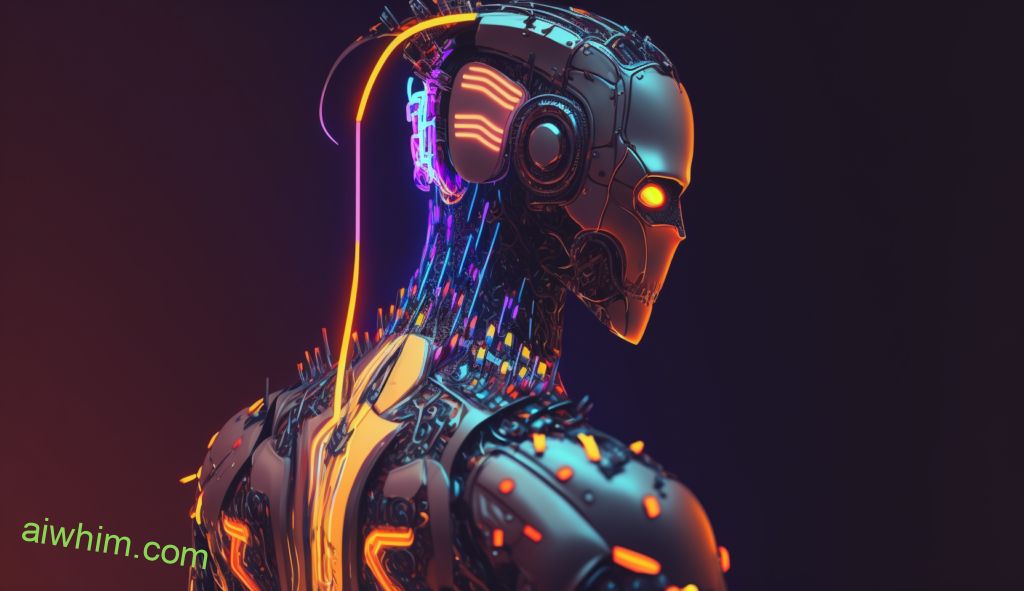
Furthermore, we invite you to read this article that delves into the impact of AI on Radiologic Technologist jobs. (Click to read.)
Use Of AI In Dentistry
AI and robotics are increasingly being used in dentistry to automate tasks, improve accuracy and efficiency, and reduce costs. The use of AI can help dental professionals make diagnoses more quickly while reducing the risk of human error. It also helps them analyze medical images with greater clarity than ever before. For example, a dentist may be able to detect cavities or other oral health issues sooner by using AI-enabled software that analyzes digital X-rays faster than traditional methods.
Robotic arms have been developed for certain procedures such as root canal surgery and periodontal scaling. These robots provide increased precision and accuracy compared to manual instruments, resulting in better patient outcomes. In addition, they allow procedures to be completed faster which reduces cost and time spent at the office for both patients and providers alike.
The integration of AI and robotic technology into dentistry is just beginning but already the potential benefits are clear. Automation will speed up processes, increase accuracy and reliability, reduce errors, save money on wages, free up staff time for improved patient care, enhance quality assurance measures, eliminate waste from unnecessary tests/procedures/ treatments – all leading to improved overall experience for both patients and healthcare providers.
Additionally, this article provides valuable insights into how AI is reshaping Nursing jobs. (Click to read.)
Advantages Of Automation In Dentistry
As technology advances, so too does the potential for automation to revolutionize the dental industry. With automation comes a variety of advantages that can help increase efficiency, accuracy and cost-effectiveness in dentistry. Robotic dentistry is one such form of automated assistance that has already made its mark on modern dentistry.
Robotic systems allow for quicker diagnosis and treatment procedures with more precision than manual methods. Automation benefits include less dependency on human labor, improved accuracy due to improved data collection and analysis capabilities, increased speed of services and ultimately lower costs for patients. Moreover, robotic Dentists are capable of operating 24/7, allowing them to better serve existing clients while expanding business into new markets. Additionally, automation reduces the risk of errors by eliminating user fatigue or lack of knowledge when performing tasks manually.
Automation also helps reduce stress on manpower resources as well as frees up time for practitioners to focus on patient care instead of mundane operations like billing or scheduling appointments. Furthermore, advancements in robotics have allowed machines to mimic natural motions which makes treatments faster, safer and more accurate than ever before. By using automation techniques such as Computer Aided Design (CAD) and 3D printing technologies, practitioners can create customized implants specific to their patient’s needs without sacrificing accuracy or quality standards. Ultimately this means higher success rates in implant surgeries resulting in happy clients who refer others to your practice!
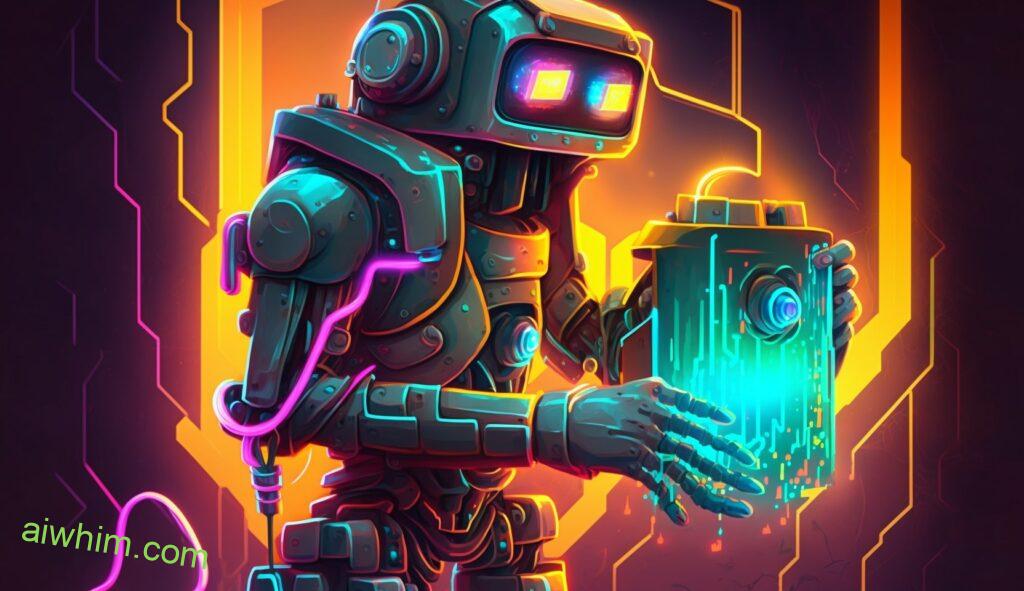
Furthermore, we recommend reading this article that highlights the role of AI in the veterinary job market. (Click to read.)
Disadvantages Of Automation In Dentistry
The use of artificial intelligence and robotics in dentistry comes with a number of disadvantages. First, there is the risk of over-dependence on automation – if an AI or robot malfunctions, it can leave patients without access to much needed care. This could be especially problematic for those who have limited access to dental care due to economic or geographic factors. Additionally, robots are only as good as their programming; mistakes made by inexperienced coders may lead to dangerous safety risks for patients. Furthermore, inadequate training poses another issue when using automation in dentistry; doctors must be sure that they understand how any robotic equipment operates before allowing them into patient treatments.
Another potential disadvantage of utilizing automated technologies in dentistry is the lack of oversight from experienced practitioners. Many procedures require complex decision-making which can only be accurately judged through experience and empathy – something robots simply cannot provide. Over-reliance on these machines can cause more harm than good if not monitored properly by medical professionals. In this case, human intervention is paramount for safeguarding patient safety and providing accurate diagnoses and treatments – which no amount of technology can replace.

Moreover, you’ll find this article interesting as it discusses how AI is transforming pharmacy jobs. (Click to read.)
Skill Set Requirements For Dentists And Robotics
Dentists require a certain set of skills that go beyond just dental procedures. They need to be able to diagnose and treat patients, as well as advise them on their oral health care needs. On the other hand, robotics and AI are quickly becoming advanced enough to automate many of the tasks which dentists traditionally perform.
Robotics hands have immense dexterity and can mimic human motions accurately while AI is capable of making decisions based on data-driven analysis. This means that robots and AI could potentially replace some or all of the duties usually performed by a dentist. However, they may never possess the level of intuition and empathy required for clinical diagnosis and treatment planning. Additionally, robotic systems must still adhere to ethical principles when operating in a healthcare setting – something humans inherently understand but machines do not yet grasp.
The use of robotics and AI will undoubtedly change the field of dentistry, with automation leading to increased efficiency in dental practices. Yet there remains an essential role for humans in this transition towards greater dental technology capabilities, specifically related to patient communication, comfortability, education, judgement calls, research & development etc., indicating that dentists’ jobs won’t necessarily disappear but rather evolve alongside new advancements in robotics and artificial intelligence (AI).
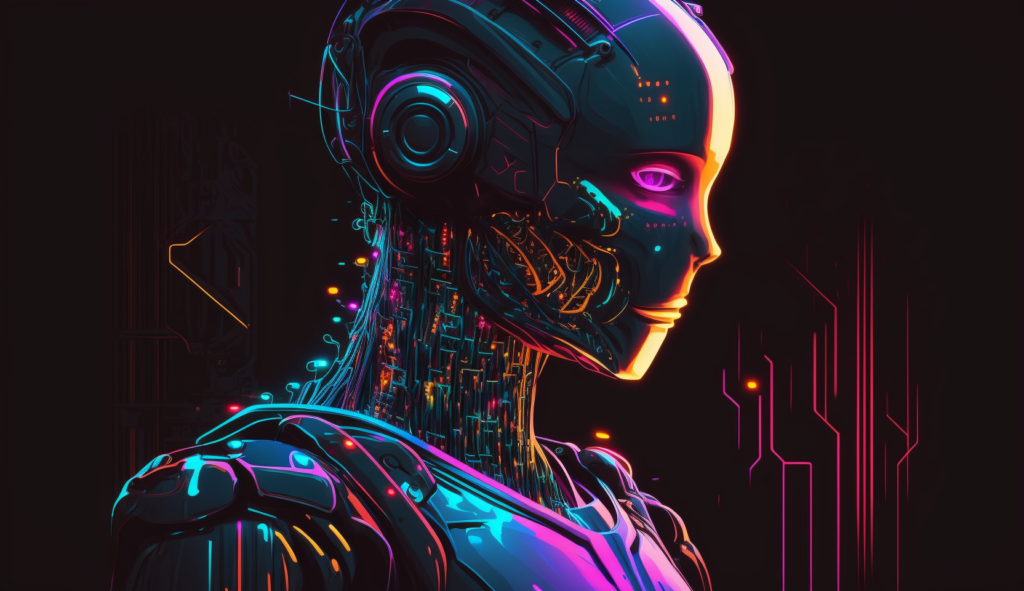
Impact On Job Security For Dentists
The previous section discussed the skill set requirements for dentists and robotics. Now, it’s time to examine how AI and robots could affect job security for dentists. The truth is that automation in dentistry has already begun to take place. Technologies such as CAD/CAM systems are being used in dental laboratories to produce crowns, bridges, and other restorations with greater accuracy in a much shorter amount of time than manual labor.
At the same time, AI algorithms can be applied to analyze x-rays more accurately than humans so that diseases can be identified earlier on. Robots are also being developed to perform simple tasks like drilling teeth during root canal procedures or providing anesthesia injections without human intervention. All of this technology means that many aspects of the traditional dentist career may become automated over time.
Here are some key points about the impact on job security for dentists:
- Dentist jobs will not disappear entirely due to automation; however certain aspects of their role may become obsolete.
- Automation technologies such as machine learning and artificial intelligence have already started to replace some parts of dentistry including diagnosis, treatment planning and lab work.
- There will still be opportunities for dentists who embrace new technologies and use them effectively in their practices.
- Automated technologies have been shown to reduce errors while increasing efficiency, which could help improve patient outcomes overall.
- As technology advances, it’s important for dentists to stay informed about advancements so they can remain competitive in their field.
Job security remains an important factor when considering a career as a dentist but adapting quickly and strategically is essential if one wants to thrive amid changing times brought by technological advancement in the medical industry – especially in relation to dental care services provided by robots or AI applications replacing those traditionally done by human professionals today.

Potential For Increased Efficiency In The Dental Practice
Many may assume that AI and robotics could take away jobs from dentists, but this is not necessarily the case. In fact, these technologies offer a unique opportunity to increase efficiency in dental practices by automating several processes. This allows more consistent care for patients as well as a greater volume of patient visits each day.
Dental automation offers various advantages over manual methods such as improved accuracy, increased speed, and an overall reduction in costs. For instance, robotic systems can be used to perform certain tasks with precision and consistency while also freeing up time for dentists to focus on other aspects of the practice. Additionally, AI-enabled tools help automate routine activities like scheduling appointments or processing payments – all of which can help streamline operations in any dental office.
In addition to improving efficiency within the dental practice itself, AI and robotics have potential applications outside of traditional settings as well. For example, remote monitoring technology can provide valuable insights into patient health and behavior between treatments or checkups – something that would otherwise require an expensive visit or procedure. Similarly, AI-based algorithms can analyze medical records quickly to identify potential problems much faster than manual data entry alone. Together, these developments make it possible for both practitioners and patients alike to benefit from enhanced levels of care without sacrificing quality service delivery times or incurring additional expenses.
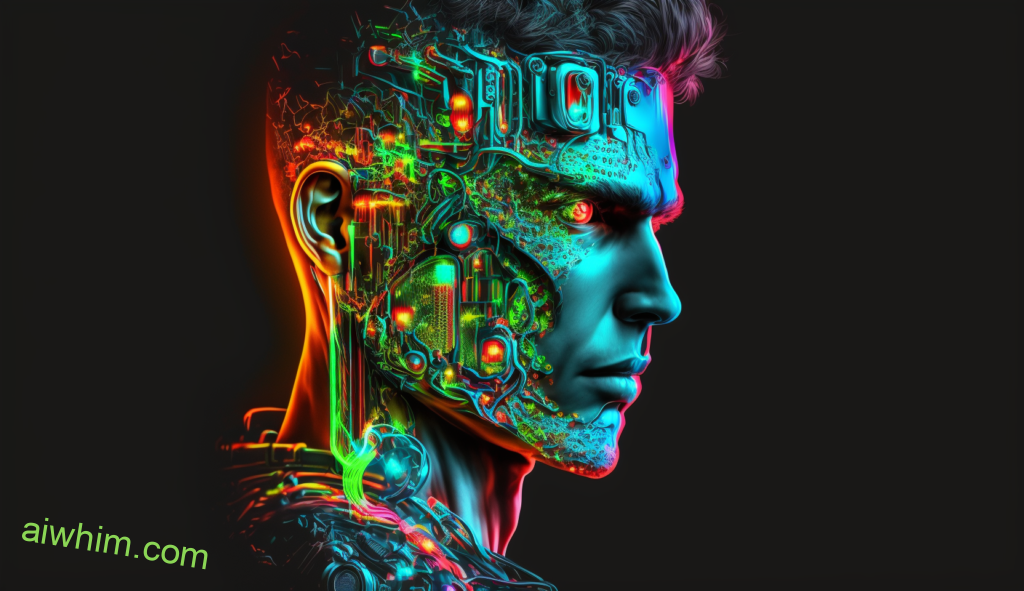
Cost Considerations For Investing In AI And Robotics
When considering the potential of AI and robotics in dentistry, it’s important to factor in the cost. Investing in a new technology requires careful consideration, as there are many variables that could potentially impact the success or failure of such an endeavor.
For those looking to invest in AI and robotics for their dental practice, they should consider costs associated with both initial purchases and maintenance over time. Initial hardware and software acquisition costs can vary greatly depending on what type of system is being purchased. Additionally, some systems may require additional training courses or software updates that will add to the total cost. Furthermore, ongoing maintenance expenses must also be taken into account when making this kind of investment.
It’s essential for investors to weigh these considerations against the potential benefits that investing in AI and robotics could bring to their practice. In light of all these factors, it’s crucially important for dentists to decide if such an investment is worth it for them before moving forward with any purchase decisions.

Ethical Issues Related To AI And Robotics In Dental Care
The introduction of AI and robotics into the field of dentistry raises a number of ethical issues. In particular, there are concerns about how these technologies will affect patient safety, privacy and autonomy. Furthermore, it is unclear as to what extent dental professionals should be held accountable for any medical errors caused by robots or AI systems. A key issue here is that while technology can certainly help improve efficiency and accuracy in many areas of dentistry, its use must be ethically sound too.
There have been several studies on the ethical implications of AI and robotic applications in dentistry, but few definitive conclusions have been made so far. Some researchers suggest that since robots cannot yet make decisions based on moral values, they should only be used under strict supervision from qualified dental personnel. Others argue that allowing machines to take over certain tasks could free up valuable time for human practitioners – potentially reducing pain experienced by patients during treatments. Ultimately though, further research needs to be done before any concrete regulations are put in place regarding the ethics surrounding AI and robotics in dentistry.
It’s clear that considerable thought must go into creating guidelines which effectively balance potential benefits with potential risks posed by introducing AI and robotics into this profession. It’s important not just to consider the technical aspects of developing new tools for dentists – such as improving accuracy – but also how their use may impact patient rights and welfare overall. Doing so would ensure development takes place within an ethical framework and helps guarantee safe treatment outcomes for all involved parties.

Regulatory Framework For Using AI And Robotics In Dental Care
The implementation of Artificial Intelligence (AI) and robotics in dentistry is like a double-edged sword. On one hand, it offers great potential to improve the quality of care, while on the other, it poses certain risks that must be managed by regulatory authorities. As such, creating an effective regulatory framework for AI and robotics use in dental care is essential.
Regulations should ensure safety as well as ethical standards while allowing innovation. They should also include measures to hold accountable those responsible for any harm caused due to negligence or misuse of technology. This would involve setting up clear guidelines and protocols for using robots and AI algorithms within clinical settings and training professionals about their use. Additionally, regulations should provide support for research and development activities aimed at improving the efficacy of these technologies before they are used with patients.
To protect patient rights when using AI and robotics in dentistry, it is important to establish a system where informed consent from the patient is taken prior to treatment. Furthermore, privacy protection laws should be implemented so that data collected through robotic devices can only be accessed with permission from the patient or legal guardian. Finally, governments need to monitor compliance with existing regulations and create incentives for organizations who invest in new technologies which promote better outcomes for patients. All this will help build trust between medical practitioners and patients regarding AI and robotics use in dental care.
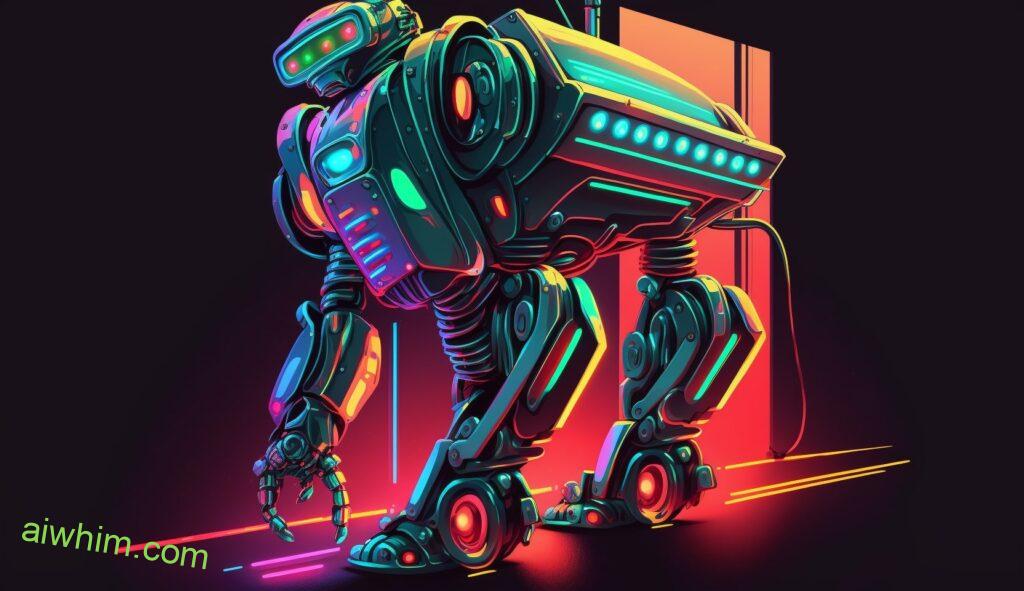
Examples Of Successful Implementations Of AI And Robotics In Dental Care
The potential of AI and robotics in dental care is becoming increasingly evident. In the past few years, there have been a number of successful implementations of these technologies that are revolutionizing the way dentists provide treatment to their patients. From automated teeth cleaning machines to robotic-assisted surgery, AI and robotics are providing more efficient and cost-effective treatments than ever before.
One such example is dental robotics, which uses advanced algorithms to detect cavities and other issues with greater accuracy than human eyes can. This technology has enabled dentists to quickly identify problems without having to resort to manual probing or X-rays – leading to faster diagnosis times as well as improved patient outcomes. Additionally, artificial intelligence (AI) dentistry has allowed for increased automation in routine procedures like fillings and crowns, reducing both time spent on each procedure as well as costs for the patient.
Robotic dentistry also offers advantages over traditional methods by allowing for an unprecedented level of precision when it comes to complex operations such as root canal therapy or implant placement. By equipping robots with 3D imaging systems and sophisticated sensors, surgeons can plot out an optimal course of action ahead of time – minimizing risks associated with surgery while ensuring maximum success rates for patients.
In short, AI and robotics offer a range of opportunities within the field of dental care that could potentially replace many aspects of current practice. While further research is needed into how these new technologies might best be used in clinical settings, early indications suggest they could greatly improve efficiency while enhancing patient safety at the same time.
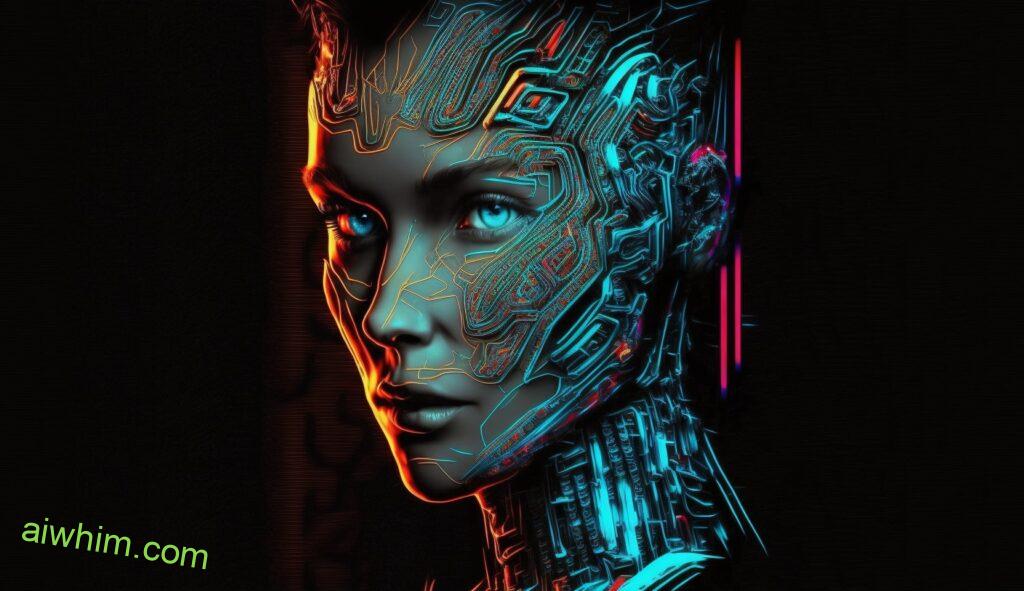
Future Outlook For AI And Robotics In Dental Care
The future outlook for AI and robotics in dental care is looking more promising than ever before. As technology continues to advance, we are seeing the potential of machines replacing many aspects of a dentist’s job. This has major implications for dentists who may find themselves having to learn new skills or even changing their career paths.
We can already see some advancements being made with AI and robotics in the dental field such as robotic surgical assistants that help reduce errors during complex surgeries or automated software used to diagnose oral health problems. These advances have given us an insight into what could be possible if these technologies continue to develop at the current rate:
- Increased accuracy: Robotics will become increasingly accurate when performing tasks like drilling, filling cavities, and cleaning teeth which would result in improved patient outcomes and less time wasted on unnecessary procedures.
- More efficient workflows: With robots taking over tedious and repetitive tasks like filing paperwork and scheduling appointments, dentists can focus more on providing quality care without getting bogged down by mundane activities.
- Reduced costs: Automation would lead to reduced labor costs since fewer people would be needed to perform certain jobs, allowing businesses to cut back on overhead expenses while still maintaining quality service.
AI and robotics have the potential to revolutionize dental care by making it faster, easier, and more affordable for patients around the world. It remains up to us as a society whether we choose this path towards progress or not but one thing is certain – there are exciting possibilities ahead!

Strategies To Adapt To The Increasing Use Of AI And Robotics In Dental Care
As technology advances, the looming presence of AI and robotics in dental care can be seen as a double-edged sword. While these advancements bring about new possibilities for improved healthcare delivery, they also come with their own set of challenges. To stay competitive, dentists must learn to adapt to this changing landscape by developing strategies that will enable them to thrive amidst the increasing use of AI and robotics in dental care.
One key strategy is to develop expertise in areas where artificial intelligence cannot yet compete: patient relationships and communication. As robots become increasingly efficient at carrying out routine tasks such as oral exams or x-ray analysis, dentists should focus on building strong relationships with their patients through open dialogue and compassionate care. This will ensure that patients continue to feel cared for while receiving quality treatment from their dentist.
Dentists should also consider investing in tools which enhance the accuracy of diagnosis and allow for more personalized treatments. By leveraging technological innovations like machine learning algorithms, dentists can access higher levels of precision when it comes to diagnosing conditions such as tooth decay or gum disease. Moreover, incorporating 3D printing into patient care plans allows for customized solutions tailored specifically towards each individual’s needs. Such investments help differentiate human practitioners from robotic ones and provide an edge over competitors who are not taking advantage of these technologies.
The ongoing trend toward automation poses both risks and opportunities for those involved in dental care professions – but there is no need to fear its advancement if proactive steps are taken now to prepare for the future. With careful consideration given to honing one’s skillset and utilizing innovative technologies, dentists can remain relevant even as AI encroaches upon traditional roles within their field.
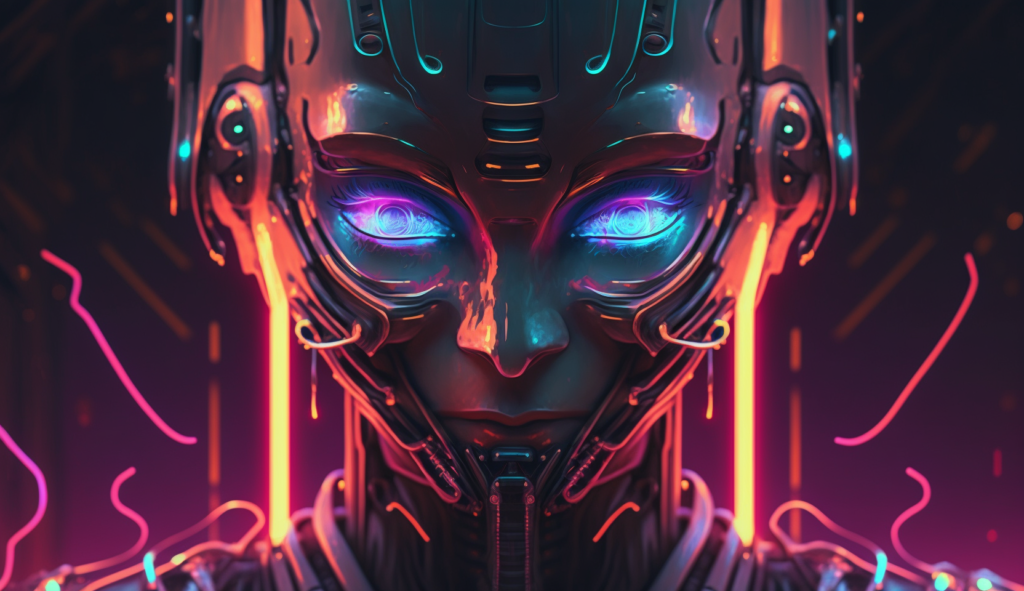
Benefits Of Retaining Human Dentists Rather Than Relying On Technology Alone
The benefits of retaining human dentists rather than relying on technology alone is that humans have a unique set of skills and experience. Human dentists possess manual dexterity, honed through years of practice, which allows them to offer personalized treatments to their patients. With this skill, they are able to provide more comprehensive diagnoses that may be overlooked by automated systems or robots. Additionally, the human experience in providing dental care can create an atmosphere where trust between patient and dentist is established. This connection makes it easier for patients to discuss concerns with their dentist openly, allowing for a better overall outcome.
Furthermore, investing in high quality tools such as digital x-rays and lasers helps human dentists stay competitive while still maintaining the essential element of personalization when treating their patients. In order to ensure accuracy and safety during procedures, these skilled professionals must remain well trained on all advances in dentistry technology. This will allow them to continue offering reliable services without compromising on the quality of care provided. All in all, although air and robotics do have advantages over traditional methods–like increased speed and precision–the human touch cannot be replaced when it comes to dental treatment.

Conclusion
In conclusion, AI and robotics have the potential to revolutionize dental care in terms of accuracy and efficiency. However, it is important to remember that human dentists provide invaluable skillsets such as empathy and bedside manner which cannot be matched by robots or technology. We need to strike a balance between utilizing the advancements made by AI and robotics while still ensuring that humans are involved in providing patient-centered medical care.
It is essential for us to recognize that although automation can replace some tasks traditionally done by dentists like routine scans, it will never completely replace them. Even with all the technological advances, there remains an irreplaceable sparkle of humanity in the profession that no machine could ever replicate – kind of like putting lipstick on a pig!
Author: Ole Paulson
Author Bio: I’m Ole and on this website, I share everything there is to know about Artificial Intelligence, and useful tips for using AI to our advantage. I have a background in data science and research and have been following the AI-space for years. You can read more about me in the “About” page.







